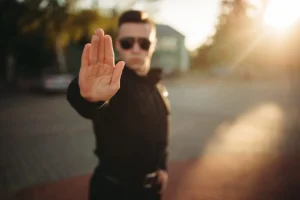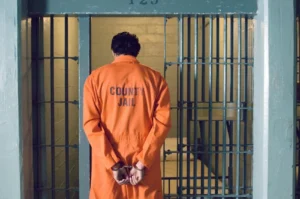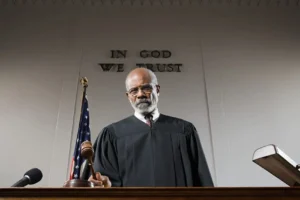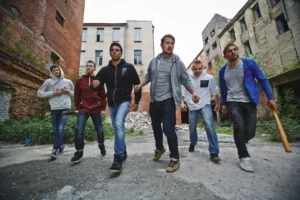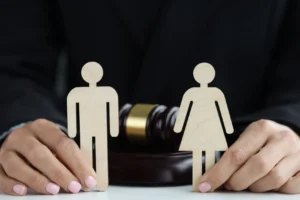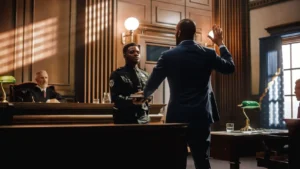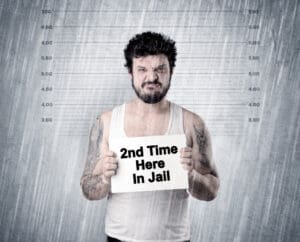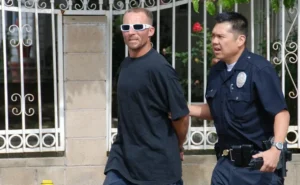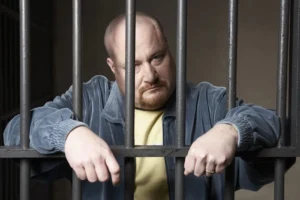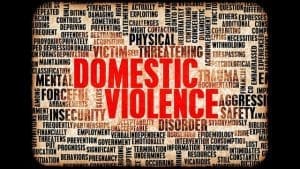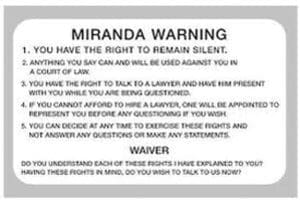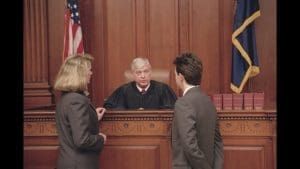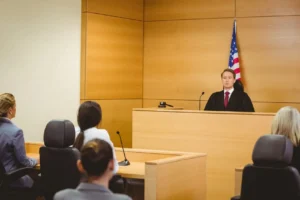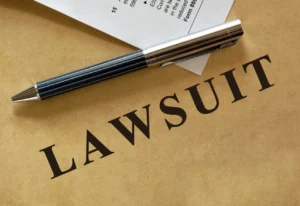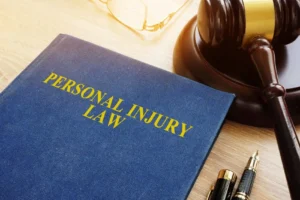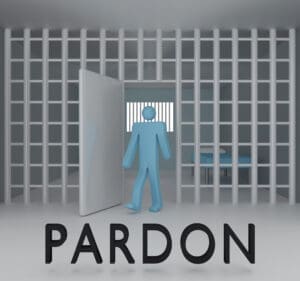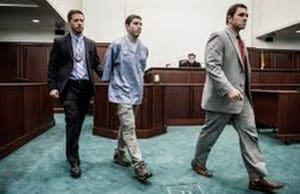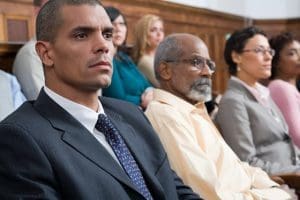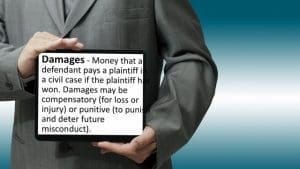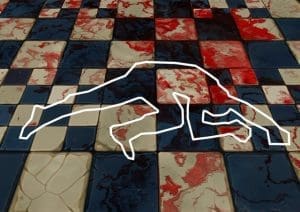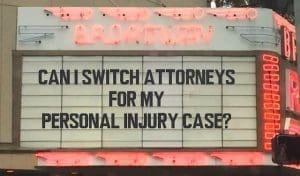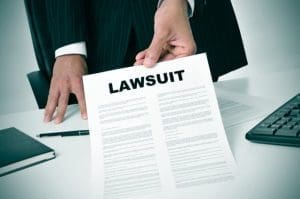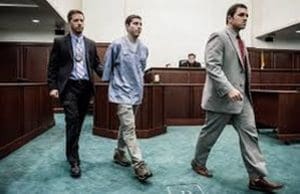What Makes The Menendez Brothers Case So Critical Now
Video Transcript
Ray Hrdlicka – Host – Attorneys.Media
Hi, today we’re sitting with Darryl Stallworth, a criminal attorney in Alameda County, California, but practices actually all over California. So, Darryl, thank you for sitting with us today. The topic that I’d like you to comment on is resentencing in a criminal case, because in today’s news, the resentencing of the Menendez brothers is a hot topic, and people don’t understand… does it occur all the time? How does it occur? Why does it occur? And what can you expect? So, you know, in terms of a criminal case, resentencing… can you explain why resentencing occurs to begin with? And then we’ll go from there.
Darryl Stallworth– Criminal Defense Attorney – Oakland, CA
We should start with just the basic understanding of sentencing guidelines, which is one of the most challenging parts of the criminal justice system. If you go back a hundred years, how do you determine how much time someone should spend in jail or prison? Where do you get these formations from? Where do you get these formulas from? Over a period of time, there was a lot of discretion that the judge could have. A judge could give someone on a murder case zero to 100 years. That was found to be a little bit too much power. So, we said let’s get some guidelines. Let’s say murder is only going to be 25 years and rape is only going to be 15 years. These are just arbitrary numbers. But eventually we got to a place in the 60s and 70s where we said… these are what we think are reasonable sentencings for people who’ve committed these type of crimes.
And then you move forward, and we started to realize that maybe these sentences are maybe too harsh. Maybe we shouldn’t have people spend as much time. But there were people who were sentenced before these reforms started to take place, and it wouldn’t be fair if you didn’t go back and look at these cases that didn’t have the benefit of sort of this new reform. Where Menendez cases are sitting right now.
Ray Hrdlicka – Host – Attorneys.Media
But those occur… you talk about it occurring right on the 60s or 70s… are you talking about…. well, would you then say that the sentencing guidelines are constantly changing?
Darryl Stallworth– Criminal Defense Attorney – Oakland, CA
Yeah, if you look at them over a large spectrum, they’re changing. Three strikes came out 25 years ago. Nobody heard that before, so that changed it. Gun enhancements. If you use a gun, you get an extra 10, 15, or 25 to life. Those are some of the sentences that are being reconsidered and reviewed. If you have what we call serious felonies or strikes, your sentence can be doubled or tripled because of those. Those are things that are under review.
But if you’re talking about the Menendez brothers, what they’re looking at is whether or not a defense of provocative, passion, sudden quarrel, the abuse that was not fully, I believe, produced at the second trial, whether that would have made a difference on murder versus manslaughter. They’re not necessarily talking about going back and changing what the sentence, I mean, changing what he was convicted of or what they were convicted of, but they’re looking at it in a way of what would have happened today would we have been more receptive to it, would this defense have been more applicable. And given that they’d been in for so long, I think they are, you know, a good test case to see whether or not we can really consider giving people the benefit of the doubt now versus not having that opportunity when they were first being tried.
Ray Hrdlicka – Host – Attorneys.Media
Well, you know, I can see something, again, personal opinion here, I can see something like Three Strikes because… it used to be a felony in California was anything above $400. And then I think it changed to what? A thousand, right now. So, going back four hundred dollars, third strike, you know a four hundred dollar piece of equipment that somebody steals, you know the other two may be again, just barely above the four hundred dollar limit there, that wouldn’t necessitate life in prison. So, I can see how three strikes and you’re out was a huge overreach. But when you’re talking about murder, does it come into play then? Excuse me, let me ask this question. Does the victims or the victim’s families and the emotions come into play? Or is it strictly looking at it from, hey, they’ve done enough time? And that seems like a very subjective statement in and of itself.
Darryl Stallworth– Criminal Defense Attorney – Oakland, CA
There’s a lot of layers to it. I’ll give you a quick example. Years ago, if a woman was being battered by her husband repeatedly to the point that he was almost killing her. And that woman felt like if she didn’t do something, she was going to die. But the act of defending herself wasn’t immediate. The person or the husband wasn’t going to kill her at that moment. But she said, “I got to do this in order to save my life”. You know, years ago, that would just be first degree murder. You wouldn’t have a defense of the battered woman syndrome. You wouldn’t have a defense of this abused woman. You wouldn’t have an expert that would come out and say this person suffered from this abuse and therefore they couldn’t premeditate or deliberate, it should have been a manslaughter. That’s where we start with this… okay, let’s look at whether or not people who’ve been convicted of murder had a defense where it could have been a manslaughter.
Now, if you sat down and plotted and premeditated and you killed someone and that was pretty clear, then I don’t think you’re going to get to reconsideration. What they’re doing with this particular case, the Menendez brothers’ case, is they’re looking at the abuse. Could it have been presented? Should it have been presented? Does it make a difference? And if it does, and if it’s something that they could consider should have been maybe a manslaughter, that’s where I believe it is now. But you’re right, there’s a lot of people out there that are going to say that, you know, they killed their parents. They shot them, and it was cold-blooded, and then they spent money thereafter. So, there’s a large group of people, understandably, who are going to be fighting against any type of reconsideration, any type of resentencing, any type of release.
Ray Hrdlicka – Host – Attorneys.Media
Well, you raise something here that poses this question. Obviously, you’re a criminal attorney. And you talked about the second case for the Menendez brothers. The first one, I think, ended up and it resulted in a hung jury. And so, then they retried it. And the second one is where the conviction occurred. But then you said that the domestic violence, that the abuse didn’t come into evidence. That just seems wrong to me. And as a criminal attorney, how can that happen?
Darryl Stallworth– Criminal Defense Attorney – Oakland, CA
I don’t believe that it was completely not presented, but not presented in the level or the volume in which attorneys would have liked. And it wasn’t apparently received or understood in the way that it is now, or that it should be. Yet again, these are subjective reviews. These are, I call Monday morning quarterbacks, you know, you look back and say, this should have happened, that should have happened. But when you’re in it and when you’re doing it, I’ve been practicing 32 years. If I go back to my first murder trial, you know, 28 years ago, as a prosecutor, I would try it differently now given what’s resourceful and what I could do and as a defense attorney, I learn something from every case. What can come in? What would the jury be receptive to? And I think the bottom line is… are there cases out there where people were convicted of serious crimes and doing an awful lot of time where some reconsideration is appropriate?
Now what actually happens is going to be up to the judge and the judge is going to take in consideration what we call the mitigation, all the factors that have taken place, and then also the aggravation, what the families of the victims are thinking about, … what people who are strong on law enforcement and penalty and punishment, what do they have to say. It’s a moving body of thought. It’s a moving body of consideration. There’s no particular formula in the criminal justice system that says one plus two equals three. Sometimes it equals four.
Ray Hrdlicka – Host – Attorneys.Media
Right. I can see that because it’s constantly changing as we discussed earlier. In a large, excuse me, in a severe case, using murder for an example, after conviction, they’re usually, correct me if I’m wrong, a number of appeals that are going to be filed on that, right? Does the fact that those appeals are filed, and let’s just say then they’re denied, does that influence whether or not resentencing could occur later on?
Darryl Stallworth– Criminal Defense Attorney – Oakland, CA
It’s something to consider. You know, I’ve done a couple here and when you’ve exhausted all of your appellate rights and there’s no constitutional error that requires a retrial, then it is, mostly, has this person served enough time? Has the penalty been adequate for the crime? Did we miss something? Is there something else we should have considered? Was this person too young to have formed the understanding of what premeditation and these things were? Sometimes there’s just really gaps out there where some injustice has been done and if they can review it and consider all the circumstances that are before them, then sometimes you can, you know, make a reasonable decision.
Ray Hrdlicka – Host – Attorneys.Media
How often does that occur, resentencing?
Darryl Stallworth– Criminal Defense Attorney – Oakland, CA
It’s been picking up lately. Five years ago, not that much, but there’s this new series of laws and I can’t quote you all the numbers, but they are now allowing judges to reconsider the enhancements that you give. So, if you kill someone and you use a gun, killing someone, and if it’s first degree murder, it’s 25 to life. If you use a gun, it was 10 to 15 or 25 to life, but it was believed that you just got the max. Now, judges have the discretion to go back and say, well, maybe I shouldn’t have put 25 to life on top of 25 to life. I should have just done 10 or 15. So, there’s some discretion if you show that there’s mitigation. A young person who’d never been in trouble before, the crime was a felony murder, which was an accident. I had a case a year or two ago where my guy had no gun, and he robbed somebody and he punched the guy in order to take the bag and the guy fell down and hit his head and died of a brain hemorrhage. So, not a particularly violent or aggressive crime, But if you commit… someone dies in the course of a robbery, they call it felony murder, and that’s life without parole.
Ray Hrdlicka – Host – Attorneys.Media
Right.
Darryl Stallworth– Criminal Defense Attorney – Oakland, CA
That’s something I think someone might want to reconsider at a later time, a 20-year-old guy who’s just trying to steal, which is wrong. But in the course of doing so, you hit someone that’s got a fragile head, skull, and they fall and they die. Should that person spend the rest of their life in prison? Those are the questions that people are asking.
Ray Hrdlicka – Host – Attorneys.Media
And the answer to that question, as we just discussed, seems to evolve, maybe sway back and forth over time. Wow. Obviously, high profile cases are where the attention will be focused, and then that creates maybe the small snowball going downhill, and then it picks up speed for everything else. Is that how it works in real life? I’ve just made this analogy.
Darryl Stallworth– Criminal Defense Attorney – Oakland, CA
Yeah, you get a high-profile case, and something happens, and if it’s something that’s favorable to the defense, then that’s going to be quoted and used when making arguments. If it turns out that they don’t get released, then the prosecutors are going to use that as an argument on why other people in similar situations shouldn’t get released. In law, they call it precedent. What cases are out there that can give us some direction on what we should do as a judge in making a decision? And if you’ve got a case that’s saying, hey, in a similar situation, given similar facts, this is what a respectable judge decided to do, you should do the same thing.
Ray Hrdlicka – Host – Attorneys.Media
Do you find there’s usually a flood of cases that occur after a situation like that, Or is it, you know, a slow growth? Or is it, you know, a tsunami right off the bat?
Darryl Stallworth– Criminal Defense Attorney – Oakland, CA
There may be a large volume of cases being filed, and you know what happens with this Menendez brothers case, but it doesn’t go very fast because it’s stacked up. We’ve got thousands of cases from the 70s and 80s that are still being reviewed.
Ray Hrdlicka – Host – Attorneys.Media
Seriously?
Darryl Stallworth– Criminal Defense Attorney – Oakland, CA
Yes, yeah. We’ve got people that were convicted in 1987 of a murder, got a life sentence and they’re 80 years old, and they’re up for review for a pardon or resentencing. So ,those cases are still the priority. If something happened in the 1990s or the early 2000s, you can file…
Ray Hrdlicka – Host – Attorneys.Media
And you’re going to be at the back of the back of the pack there. Yeah. Oh my gosh. Oh well, you know, that gets into the voluminous court docket, which is another conversation that we’ll have and how it affects, actually, your constitutional rights. But we’ll have that at a later date. Well, thank you very much for spending time with us today and we’ll talk to you again.
Darryl Stallworth– Criminal Defense Attorney – Oakland, CA
I look forward to it.
Ray Hrdlicka – Host – Attorneys.Media
Thank you, Darrell.
Darryl Stallworth– Criminal Defense Attorney – Oakland, CA
Thank you.








